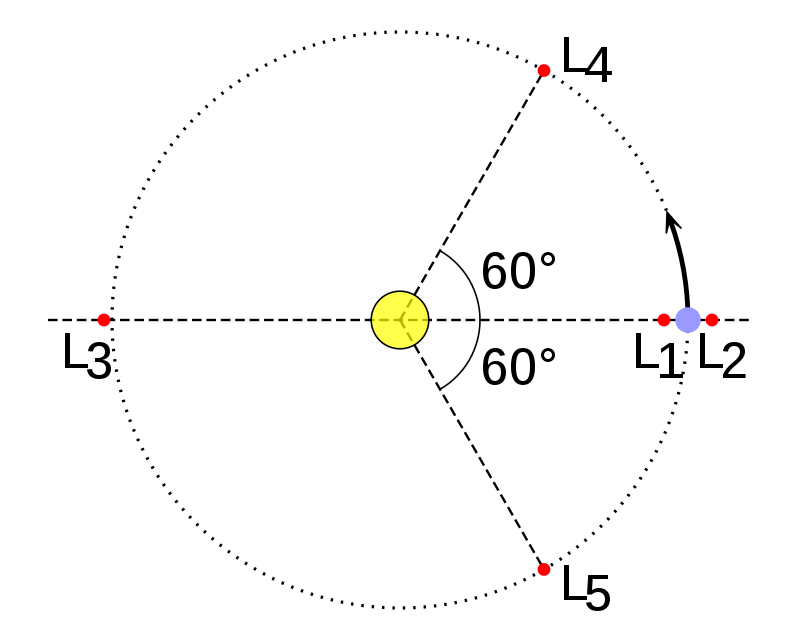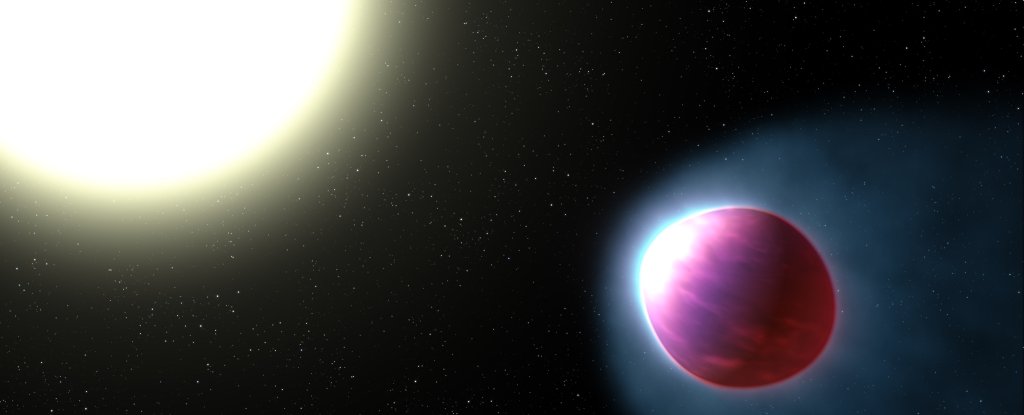Elon Musk's goal of beaming high-speed internet to remote parts of Earth using orbiting satellites just got a step closer to reality.
"Once these satellites reach their target position, we will be able to roll out a fairly wide public beta in northern US & hopefully southern Canada," he tweeted after the launch.
* * *
Musk did not say exactly when the satellites were expected to reach their "target position," and Jonathan McDowell, an astrophysicist at the Harvard-Smithsonian Center for Astrophysics, told Ars Technica that they might not be in place until February.
Check out this next:
Space Force Eyes Orbiting 3D Printers, Satellite Tow Trucks - Defense One

The hardest thing about space is getting there. A 2016 estimate, using the SpaceX Dragon capsule on a Falcon 9 rocket, put the cost at $9,100 per pound. So the Pentagon is looking at ways to reduce the bill, including putting 3D printers into orbit to repair smaller satellites or even beef up their capabilities, the vice commander of the Space Force said in a recent interview.
"You know, perhaps going forward that's something that a Space Force might want to exploit as a service procured from someone in the very near future," Lt. Gen. Dave Thompson said Oct. 1. He cautioned that his comments were to be taken more as speculation about "what the future might look like."
NASA Space Station On-Orbit Status 7 October 2020 - More Advanced Space Science Research -
The Expedition 63 trio is packing up and getting ready for its return to Earth as the International Space Station is orbiting slightly lower today.
* * *
Commander Chris Cassidy of NASA is about to wrap up a 196-day mission in space with Roscosmos Flight Engineers Anatoly Ivanishin and Ivan Vagner. The Russian duo has begun gathering hardware and other items that will be packed inside the Soyuz MS-16 crew ship for return to Earth. The three-member crew will enter the Soyuz, undock from the Poisk module and parachute to a landing in Kazakhstan on Oct. 21.
Astronomers Discover New 'Mini Moon' Orbiting The Earth

Michael Narlock, head of astronomy at the Cranbrook Institute of Science in Bloomfield Hills, says the find was made earlier this month by researchers in Arizona.
"A moon is just about anything that orbits a larger body; a parent object," he explained, in an interview Wednesday with WWJ Newsradio 950's Dan Jenkins.
Narlock said this mini moon is, in fact, an asteroid. And although we didn't know about it until recently, scientists believe it has been in orbit around Earth for roughly three years.
In case you are keeping track:
Special Topic: Trojan Asteroids - RocketSTEM

I n any orbital configuration involving two, and only two, objects – for example, Earth and the sun – the orbital motion can be solved directly from Isaac N ewton's Law of Universal Gravitation ; the mathematical solution is complete and analytical. As soon as additional objects are added to the mix, however, things become much more complex, and as it turns out there is no analytical solution to a three-body, or any "n"-body, orbital configuration.
Various explorations of the "three-body problem" have nevertheless been an area of study for mathematicians for quite some time. In the late 18 th Century the Swiss mathematician Leonhard Euler determined that there are three configurations wherein the gravitational pulls involved are such that the three objects will main tain the same orientations with respect to each other, and in 1772 the French-Italian mathematician Joseph-Louis Lagrange found two additional such configurations.
The Atmosphere of One of The Hottest Exoplanets in The Galaxy Is Full of Metal

Using the light of the star it orbits, astronomers have peered into the atmosphere of an exoplanet 850 light-years away. Not just any exoplanet, but one of the hottest we've ever found - and at least seven metals have now been identified floating around its atmosphere as gas.
The exoplanet is WASP-121b, a type of planet we call a hot Jupiter. That's because it's a gas giant so close to its star that its temperature rivals that of stars itself; cool stars , to be sure, but stars nevertheless.
Bad Astronomy | A second planet for Beta Pic confirmed!

Astronomers have confirmed the existence of a second planet orbiting the young nearby star Beta Pictoris ! This is extremely cool. Evidence for the planet was first found in 2019, but it was indirect and not quite good enough to be called proof.
The new observations just announced show an image of the planet, confirming its existence. This is the first time a planet was found indirectly and then directly, and that's kindof a big deal. Here's why.
Happening on Twitter
Elon Musk's broadband network could work as better alternative to GPS, new research shows. And the US Army is very… https://t.co/eeIssJCF4e techreview (from Cambridge, MA) Sun Oct 11 10:09:28 +0000 2020
Before fulfilling his dream of colonizing the red planet, Elon Musk may have to bring to fruition the dreams of the… https://t.co/Tr73OVCDqy RT_com Sat Oct 10 00:30:00 +0000 2020
El Tesla Roadster, descapotable del presidente ejecutivo de SpaceX, Elon Musk, ya realizó su primer acercamiento a… https://t.co/GnvckAh1Ud CNNEE (from En todas partes) Fri Oct 09 23:20:05 +0000 2020
The US military and Elon Musk plan to build a 7,500 mph rocket that can deliver weapons anywhere in the world in 1… https://t.co/TMlAeeu2Ba businessinsider (from New York, NY) Fri Oct 09 11:19:16 +0000 2020
No comments:
Post a Comment